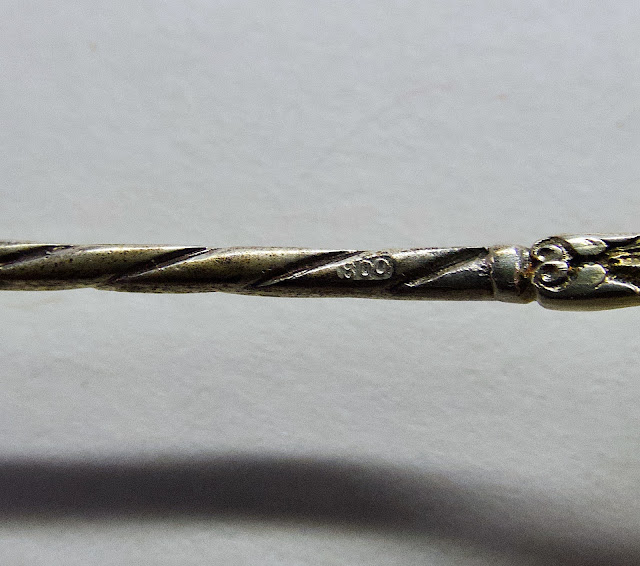Beginning in the 17th century, German immigrants settled in parts of Pennsylvania. They became known as the Pennsylvania Dutch, “Dutch” originating from from “deutsch," meaning “German” Renown for their carpentry, Pennsylvania Dutch craftsmen created solid simple furniture and chests, often adorned with elaborate and colorful hand painted designs. This antique chest, attributed to the Pennsylvania Dutch, may have been intended as an “aus schteier kischt” (dower chest), also known as the hope chest or blanket chest. Beginning as young as 8 years of age, Pennsylvania Duch girls began to sew linens, quilts, towels, and other items in preparation for their future marriage and household. To contain the growing trousseau, the father or other male relative would build the girl a kischt. These chests were adorned with a wide variety of folk art designs. Floral motifs, like the ones found on this chest, were especially popular. On her wedding day, the bride would proudly display the contents of her kischt. After the ceremony, the kischt was loaded onto the “hochzich watte” (wedding wagon) and carried the the bride's new home.
All posted items are for sale at Next-to-New, but things can sell quickly!
15064-3














